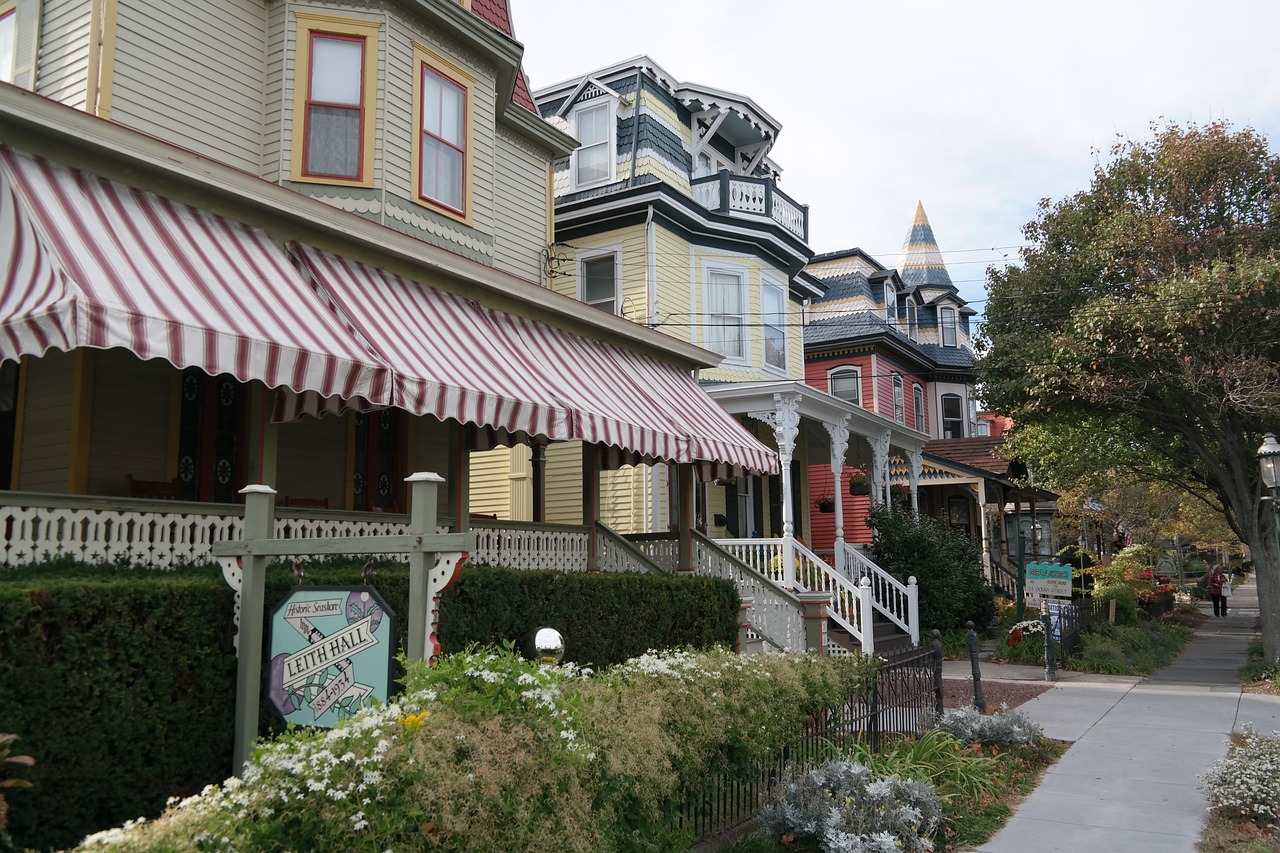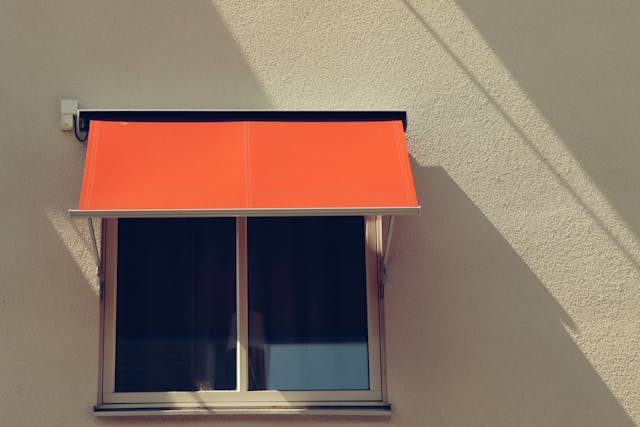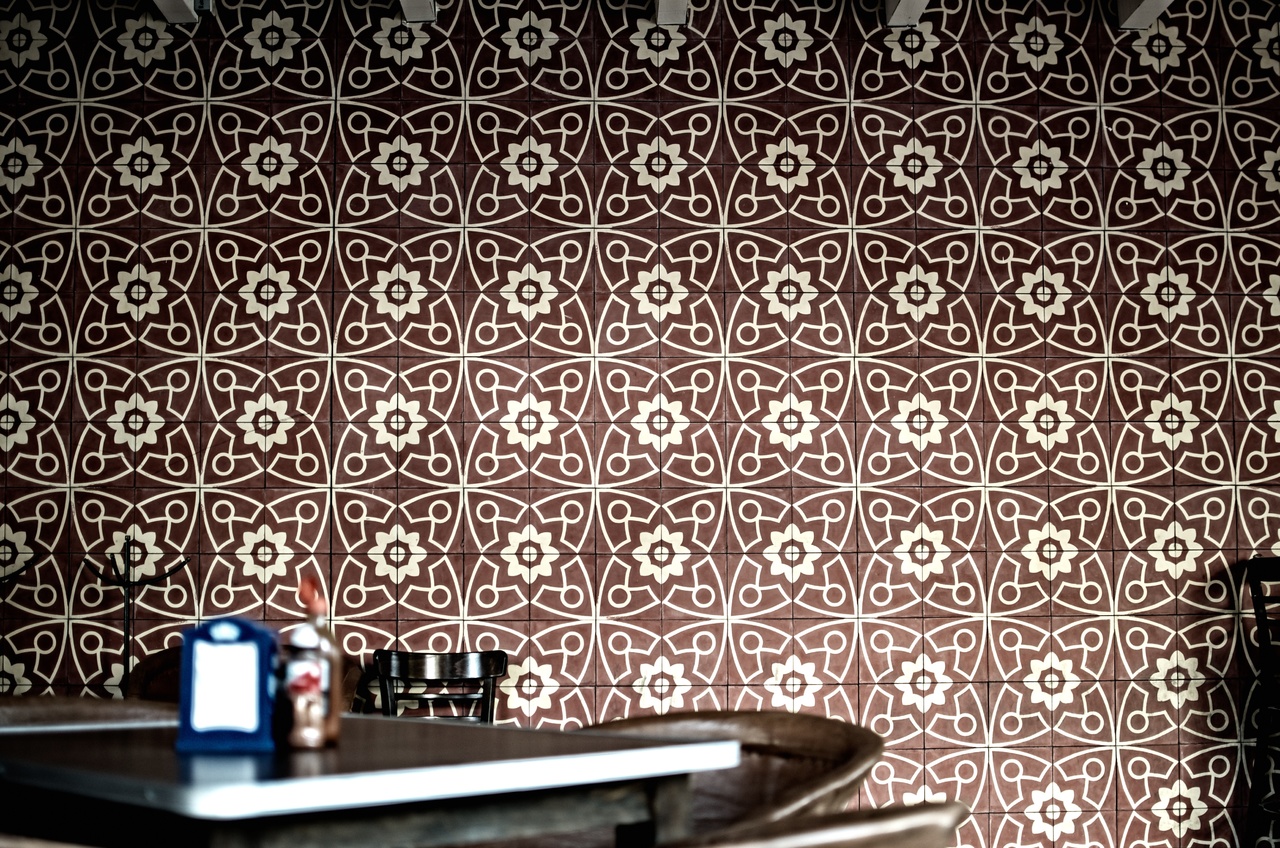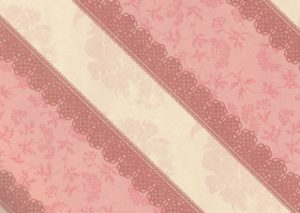Top Materials for Long-Lasting Sunshade Screens: A Lazy Homeowner’s Guide
When the sun blazes down, a well-placed sunshade screen can be your best friend. It not only provides relief from the heat but also enhances your outdoor space. If you’re a homeowner who enjoys lounging in comfort without breaking a sweat, choosing the right material is key.
There are lots of material options once you’ve checked on the Internet. But, in Uni Shades, you’ll only find the best materials for sunshade screens. Now, what materials really stand out for sunshade screens? Let’s break down some of the top materials for long-lasting sunshade screens that will keep you cool and carefree all summer long.
Polyester with PVC Coating
Polyester with PVC coating is a popular choice for sunshade screens, and it’s not hard to see why. This material combines durability with flexibility, making it ideal for outdoor use. The PVC coating typically has an extra layer of protection against the elements. It resists moisture, mold, and mildew, ensuring your screen looks great year after year. Additionally, this combination offers excellent UV resistance. Not to mention, Polyester fabric can be easily stretched over frames or mounted directly, giving you versatile options for setup. You’ll also appreciate its lightweight nature; moving or adjusting your shades is a breeze.

Aluminum Composite Panels
Aluminum composite panels are making waves in the world of sunshade screens. They combine two layers of aluminum with a non-aluminum core, creating an exceptionally strong yet lightweight material. One key benefit is their durability. These panels resist rust and corrosion, ensuring they hold up against harsh weather conditions. Whether it’s heavy rains or scorching sunlight, you can count on them to maintain their integrity. Their sleek aesthetic also adds appeal to any outdoor space. But what really makes this stand out is its low maintenance. A simple rinse with water is often enough to keep them looking fresh and vibrant without needing special cleaning products or treatments.
High-Density Polyethylene (HDPE)
High-density polyethylene, commonly known as HDPE, has gained popularity in sunshade screens due to its remarkable durability. This material can withstand the elements without fading or degrading over time. Its lightweight nature makes installation a breeze, perfect for those who prefer low-maintenance solutions. Another advantage of HDPE is its UV protection capabilities. It blocks harmful rays while allowing airflow, keeping your space cool and comfortable beneath the shade. Environmentally conscious homeowners will appreciate that HDPE is recyclable. Choosing this material not only benefits your home but also supports sustainability efforts.

Polycarbonate
Known for its unbreakable feature, it can withstand harsh weather and resist impacts better than glass. This lightweight option is also transparent, ensuring natural light can be filtered through while no harmful UV rays could sip in. It shows perfect visibility and protection. Maintaining polycarbonate takes minimal effort; just a regular wipe-down keeps it looking fresh. With durable properties combined with aesthetic appeal, it’s no wonder more homeowners are considering polycarbonate for their sunshade needs.
How to Choose the Best Material for Your Sunshade Screen
Choosing the right material for your sunshade screen is not that complicated. If you’re a lazy homeowner who wants a durable and effective sunshade screen, read on. All you need to do is think about your specific needs: climate, aesthetics, maintenance level, and budget before making a decision.…


 The first tip is to decide which room is to be decorated with wallpaper. This observation is important because it will be related to the type and wallpaper motif that you must choose. Different motifs have different functions. Some can create the illusion of large space in a narrow room, while others can bring a definitive look to the interior. As an example, bedrooms and living rooms need wallpaper that can create a calming atmosphere for the occupants. A pattern that draws attention too much is not fit for those places. In the kitchen, however, you can install wallpaper with an eye-catching pattern so that you can keep alert without feeling bored.
The first tip is to decide which room is to be decorated with wallpaper. This observation is important because it will be related to the type and wallpaper motif that you must choose. Different motifs have different functions. Some can create the illusion of large space in a narrow room, while others can bring a definitive look to the interior. As an example, bedrooms and living rooms need wallpaper that can create a calming atmosphere for the occupants. A pattern that draws attention too much is not fit for those places. In the kitchen, however, you can install wallpaper with an eye-catching pattern so that you can keep alert without feeling bored. You have to measure the area for the wallpaper installation meticulously. Otherwise, you can have an excess piece. What a waste of money, isn’t it?
You have to measure the area for the wallpaper installation meticulously. Otherwise, you can have an excess piece. What a waste of money, isn’t it?